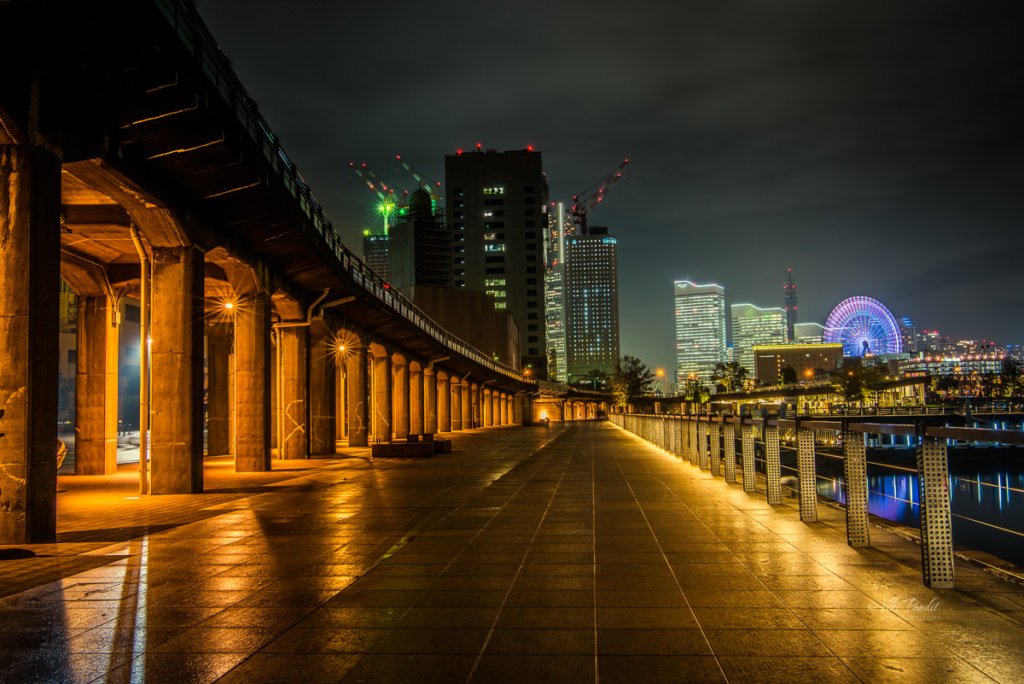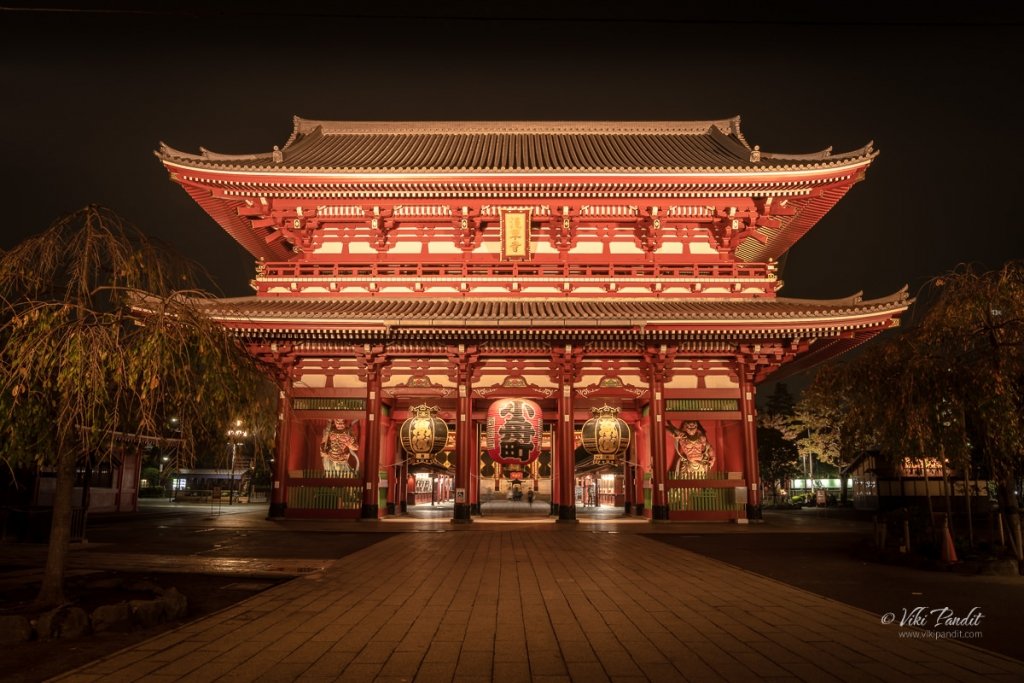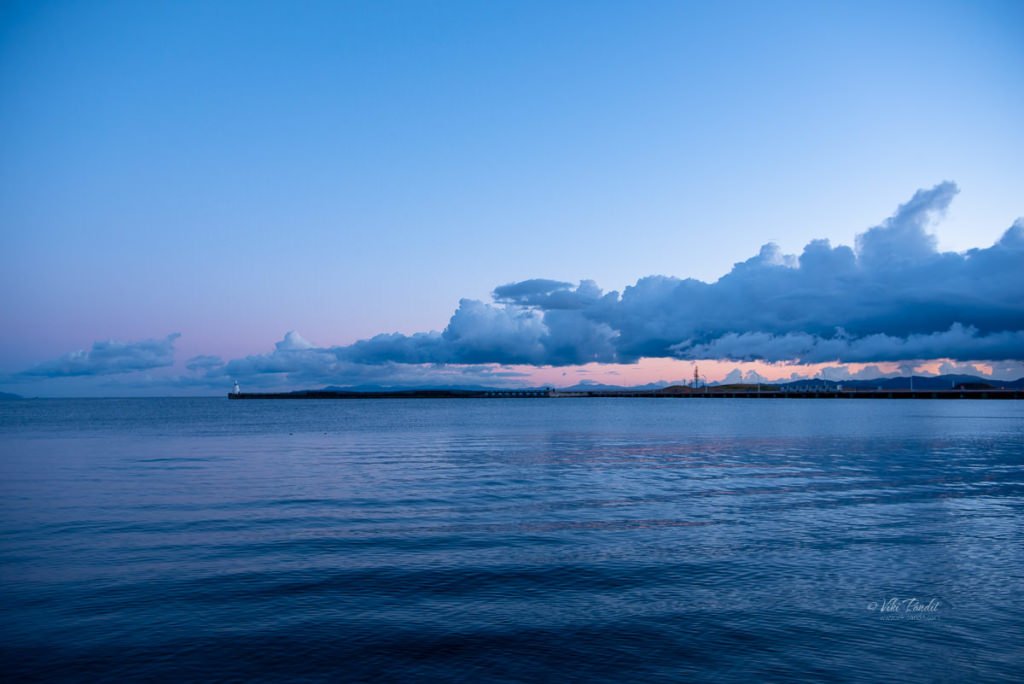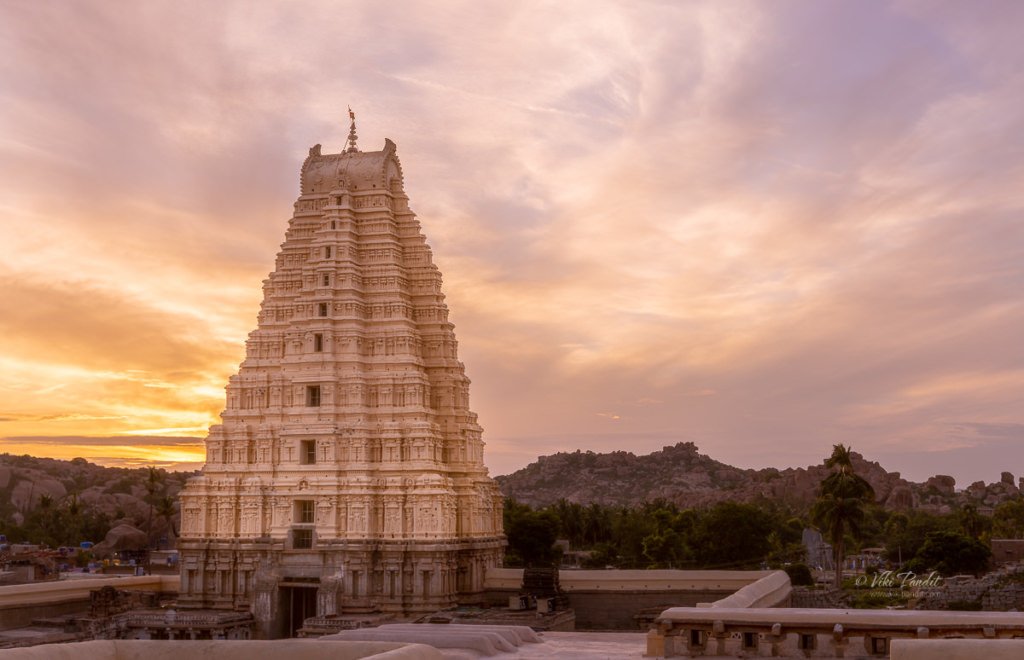
Group of Monuments at Pattadakal
Pattadakal, also called Paṭṭadakallu, is a collection of temples from 7th and 8th century CE Hindu and Jain temples in northern Karnataka. Declared as a UNESCO World Heritage site, it is a historically significant cultural center and religious site to witness the structural tastes during the times of the Chalukya dynasty.







